California City to Vote on Banning Red Light Cameras
A third jurisdiction in Orange County, California is taking steps to ban the use of red light cameras. Later today the city council in Orange will vote on the first reading of an ordinance that would deter future councils from considering the devices. The city of 136,000 residents has never used photo enforcement, but the council unanimously directed the city attorney’s office in October to come up with the most effective language to deter future councils from considering them.
“Despite being touted as promoting traffic safety there is insufficient evidence to show that red light automated traffic enforcement systems actually accomplish this goal,” Ordinance Number 14-11 states. “The city council finds that the installation of red light automated traffic enforcement systems do not serve a significant public purpose and specifically not the stated public purpose… A new section 10.08.080 shall be added to the Orange Municipal Code to read as follows: Automated traffic enforcement systems as that term is used in California Vehicle Code Section 25145.5 shall not be installed on any city street or highway that is within the jurisdiction of the city.”
Upon adoption of the ordinance, Orange would join the neighboring city of Anaheim where 73 percent of voters in the neighboring city of Anaheim approved a referendum prohibiting automated ticketing machines in November. Westminster has scheduled a similar referendum vote for November 2012. In this case, Councilman Denis Bilodeau decided to go straight for an ordinance.
“My city like every other city in California has a budget deficit,” Bilodeau told TheNewspaper. “I would not want my council nor future councils to get antsy and decide to install a red light camera system just to raise revenue.”
Bilodeau is not an just a politician with a distaste for automated ticketing. He is a professional traffic engineer and member of Institute of Traffic Engineers (ITE). He examined the accident history of intersections in the city and determined none of them could benefit from photo enforcement, which he sees as primarily a revenue enhancing tool.
“There’s very few instances in which I see a safety value to them,” Bilodeau said. “Wherever you place a red light camera, the rear end accident rate goes up significantly because people jam their brakes on as they approach the intersection and see the mast arms and cameras — they stop abruptly and get rear ended. It actually, in a lot of instances, increases accidents.”
A future council cannot be bound by this ordinance, but its presence on the books would create significant procedural hurdles to any councilman seeking to introduce cameras quietly. Redflex Traffic Systems of Australia had attempted a few years ago to convince the council to use cameras and Bilodeau thinks having the ordinance on the books would keep them away to focus on cities where introducing photo ticketing would be simpler.
[Courtesy: Thenewspaper.com]
More by The Newspaper
Latest Car Reviews
Read moreLatest Product Reviews
Read moreRecent Comments
- 28-Cars-Later Say it ain't so, so reboot #6* isn't going to change anything?[list=1][*]V4-6-8 and High "Tech" 4100.[/*][*]Front wheel drive sooooo modern.[/*][*]NOrthSTARt.[/*][*]Catera wooooo.[/*][*]ATS all the things.[/*][*]We're *are* your daddy's Tesla. [/*][/list=1]
- MaintenanceCosts Can I have the hybrid powertrains and packaging of the RAV4 Hybrid or Prime with the interior materials, design, and build quality of the Mazda?
- ToolGuy I have 2 podcasts to listen to before commenting, stop rushing my homework.
- ToolGuy Please allow me to listen to the podcast before commenting. (This is the way my mind works, please forgive me.)
- ToolGuy My ancient sedan (19 years lol) matches the turbo Mazda 0-60 (on paper) while delivering better highway fuel economy, so let's just say I don't see a compelling reason to 'upgrade' and by the way HOW HAVE ICE POWERTRAIN ENGINEERS BEEN SPENDING THEIR TIME never mind I think I know. 😉



















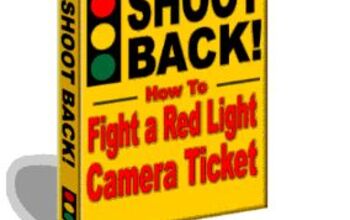
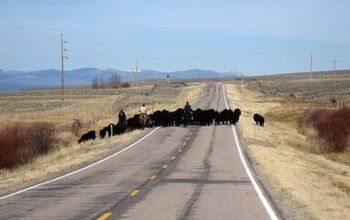
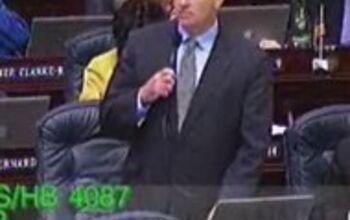
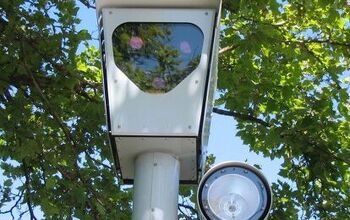
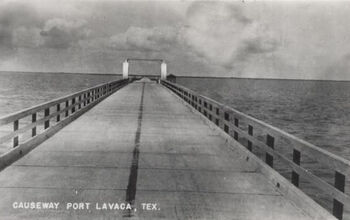

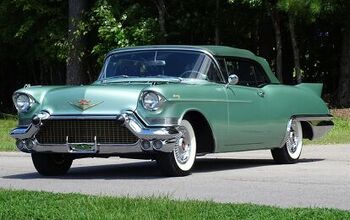
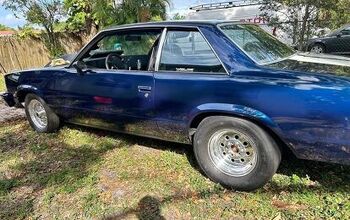
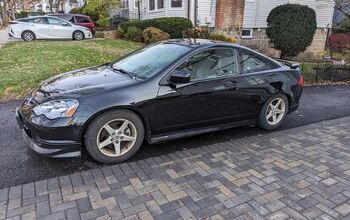
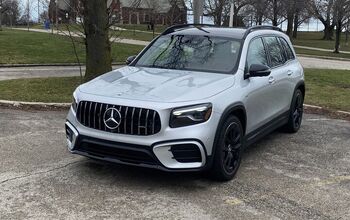



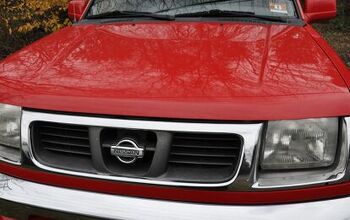

Comments
Join the conversation
There is a bill in Sacramento, right now, which if not vetoed by the governor will allow California cities to reduce posted speed limits by 5 mph, even on streets with a great safety record. The lower limits will allow them to shorten yellows. The shortening permitted by a 5 mph decrease in the speed will increase red light camera ticketing by at least 50%. (Four of the sponsoring cities have red light cameras.) Worse, the shortening will increase severe accidents, by 30 to 40%. (Source: "Development of Guidelines for Treating Red-Light Running," Texas Transportation Institute, pg 2-20.) It is AB 529, by Asm. Gatto (Glendale), and it is going to Gov. Brown for signature - or veto. Californians need to defeat this bill. Phone the governor, at 916 445-2841, ask him to veto it. It takes no more than 3 minutes per call. And then phone the AAA, and your union, and ask them to oppose the bill. To the pro-camera anti-car people, and the cities thinking of supporting this bill for more camera tickets and the money they will bring in: Before you support this bill, try to remember that it will increase severe accidents, a lot.
The revenue cameras can only function as intended if the signal light time or speed limit is made unsafe. This fact has never been proven wrong in the 20 years the cameras have been in operation. Never. This is their business model. This is how they generate the ungodly amounts of money they do. Make it unsafe then entrap drivers. It is that simple and it is very effective. This madness will stop when trial lawyers get a huge revenue stream going from cities not following the FHWA safety guidelines that calculate the baseline time value using the Kell and Fullerton Light Change Duration formula published by the Institute of Transportation Engineers and referenced in the FHWA MUTCD.